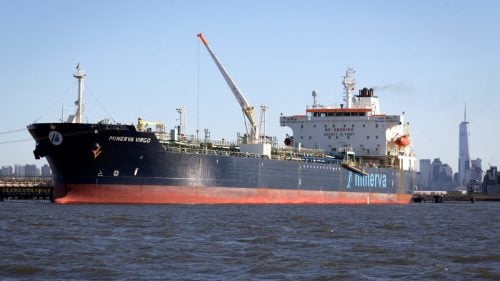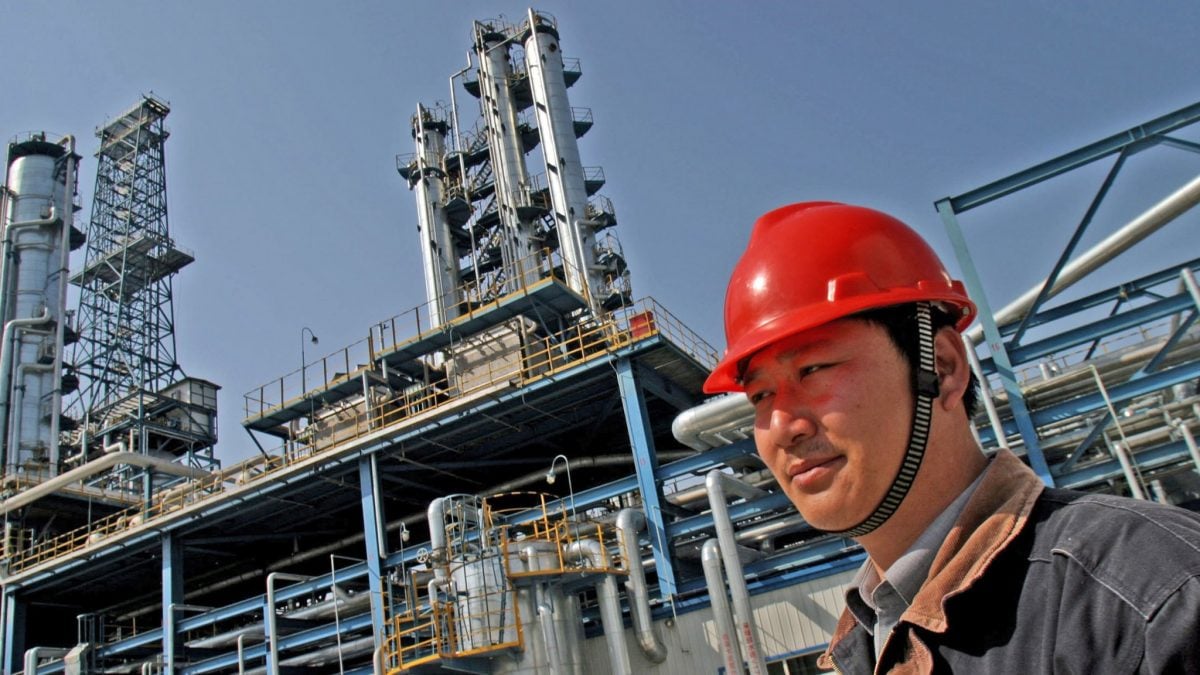China has intensified orders to buy Russian oil over the past weeks, amid fears that Moscow will cut production. In response to Western sanctions, which force it to make cuts that greatly harm its revenues.
And Chinese refineries took advantage of the attractive discounts offered by Russia, and intensified purchases through import orders in large quantities, coinciding with the recovery of domestic demand after the lifting of Corona restrictions since January 2023, according to what was monitored by the specialized energy platform.
Ship tracking data suggests that Chinese purchase rates of Russian oil will continue to rise, reaching a record high during the month of March 2023, according to Reuters.
Moscow cuts exports
Chinese refiners fear a possible Russian plan to cut production and exports in the coming months, in response to a possible tightening of sanctions by the United States and Europe.
China and India – the two largest human blocs in the world – do not want to reduce Russian production, so as not to be deprived of attractive discounts ranging between 20% and 30% on large quantities that they buy from Moscow every month.
And if Russia resorts to cutting production, the largest economies in Asia and the world will not receive large quantities, and may not receive the discounts that were offered in the past.
Punishment sequence
Moscow has continued to direct most of its oil exports to Asia in large quantities since it was banned from entering Europe against the background of the Ukrainian war that broke out in February 2022, and is still continuing until now.
The European Union has imposed an almost complete ban on the entry of Russian oil transported by sea since December 5, 2022, with the exception of some eastern European countries due to their difficult economic conditions and poor opportunities to search for alternatives, such as Bulgaria, the Czech Republic, Slovakia and Hungary.
The Group of 7 also imposed a ceiling for trading Russian crude in global markets of no more than $60 in an attempt to inflict losses on Moscow ranging from $20 to $25 per barrel, if it wanted to drain its production or force it to reduce production and export, which would expose it to a greater loss in both cases.
The European Union has tightened sanctions against Russia by including oil derivatives, especially Russian diesel, in the ban list since February 5, 2023.
Russia was forced to offer generous discounts to the economic powers that are able to buy the largest quantities on a regular and continuous basis, which guarantees a stable side of the returns, in light of the continuation of the war against Ukraine without a resolution so far.
The purchasing manager of a refinery in Shandong province expresses this trade-off clearly: “Price is king,” according to Reuters.
43 million barrels are on the way
Ship tracking data indicates that tankers carrying 43 million barrels of Russian oil will soon arrive at Chinese ports during March 2023.
Those shipments include 20 million barrels of Espoo Blend, a favorite with Chinese refiners, and 11 million barrels of the main Urals crude, according to the specialist energy platform.
Russia produces different grades of heavy and light oil, most notably the main Urals crude, East Siberia and the Pacific Ocean blend, Sokol blend, Sakhalin blend, Farandi blend, Novy Port blend, Espoo blend, and Arko heavy sour blend.
Many of these grades were not sold to independent refineries in China before the Ukrainian war, as most of them were destined for European refineries that adhered to the sanctions and no longer received Russian shipments since last year.
other polar qualities

The shipments for the month of March 2023 are the highest in the history of Chinese imports of Russian oil, as the previous highest level reached nearly 42.48 million barrels in June 2020, according to what was monitored by the specialized energy platform.
In March 2023, China will also see record quantities of Russian crude produced in the Arctic on board 3 tankers carrying 3.15 million barrels of Arctic crude, compared to a smaller volume of 2.7 million barrels in February 2023.
State refineries were forced to reduce purchases of Urals crude, since December 2022, in anticipation of the sanctions imposed on Moscow, but independent refineries continued to import stable quantities of Russian Espoo crude.
Espoo’s favorite ore
Independent refineries prefer the light Russian Espoo crude due to the quality of its chemical composition and its low sulfur content, which is reflected in the quality of final oil derivatives, such as gasoline, diesel, and others.
The two state companies, Sinopec and PetroChina, have recently resumed purchasing Russian Urals crude after obtaining permission from the central executive leadership, with the aim of enhancing refining margins in the coming months.
Chinese refineries use giant tankers owned by the government to transport some Russian shipments from western ports to Chinese ports, while other shipments come on board tankers carrying other flags.
Imports for the month of March / February 2023 include at least two shipments that will be transported via government tankers to independent refineries, which are now importing more quantities than their government counterparts, benefiting from attractive discounts, according to the specialized energy platform.
Discounts are shrinking
The discount offered on Urals was approximately $13 per barrel for March 2023 delivery, on a vessel basis, and increased to $14 for April delivery, $2 per barrel less than the comparable Omani crude.
Chinese dealers fear that attractive discounts will shrink in the coming months, amid expectations of high demand in China and India and the possibility of Russia resorting to production and export cuts.
The first signs of this concern appeared in the contraction of the discount on Espoo crude destined for China from 7 and 7.5 dollars for April delivery, compared to about 8.5 dollars a barrel in contracts for March 2023 delivery.
Freight rates on board the ship in the Baltic Sea ports also jumped amid news circulating about Russia’s consideration of cutting exports to support the lower prices of its products in the markets.
Observers expect a decline in Chinese demand for Russian oil in the coming months. Due to reduced discounts and higher freight costs at Baltic Sea ports, in addition to increased demand from competing Indian refineries, according to the specialized energy platform.
related topics..
Also read..

Leave a Reply